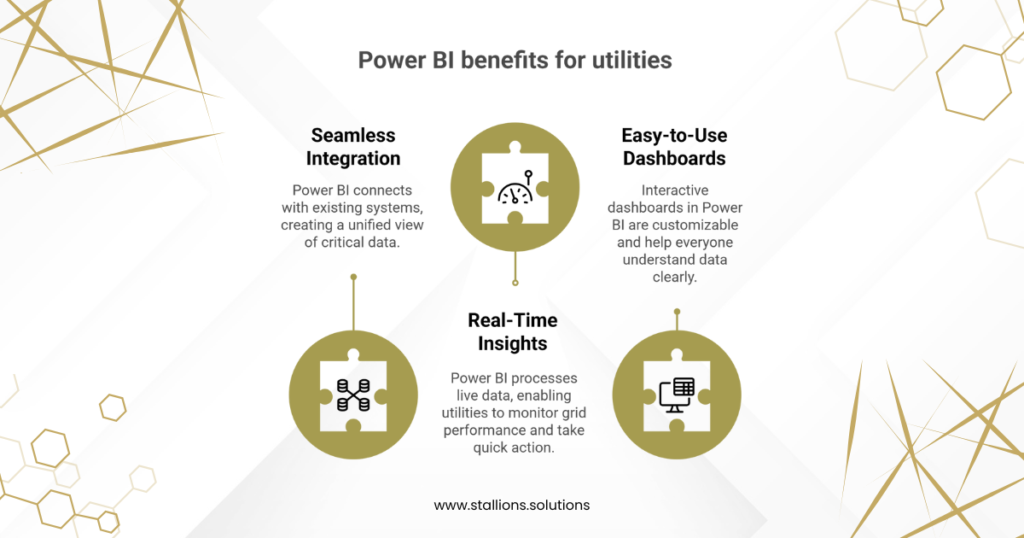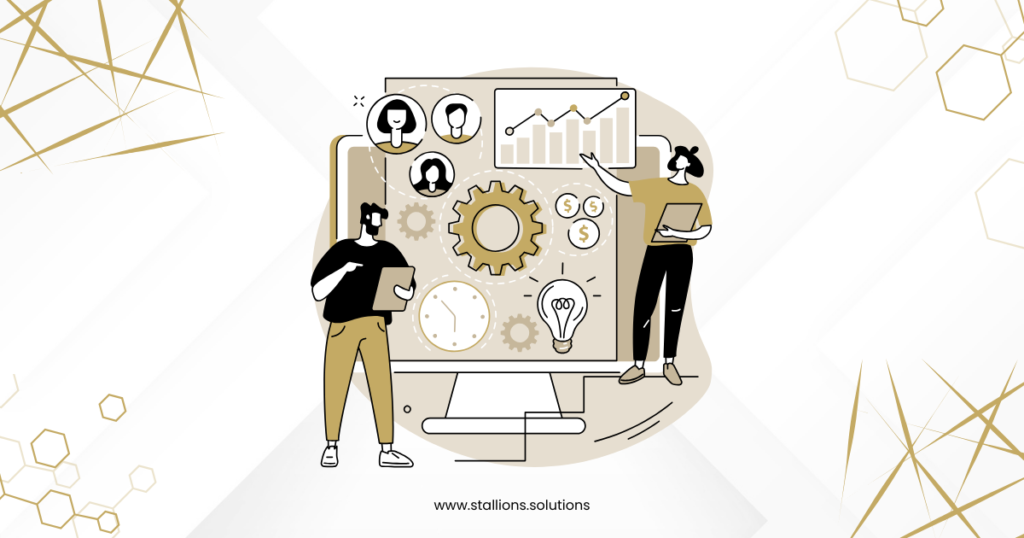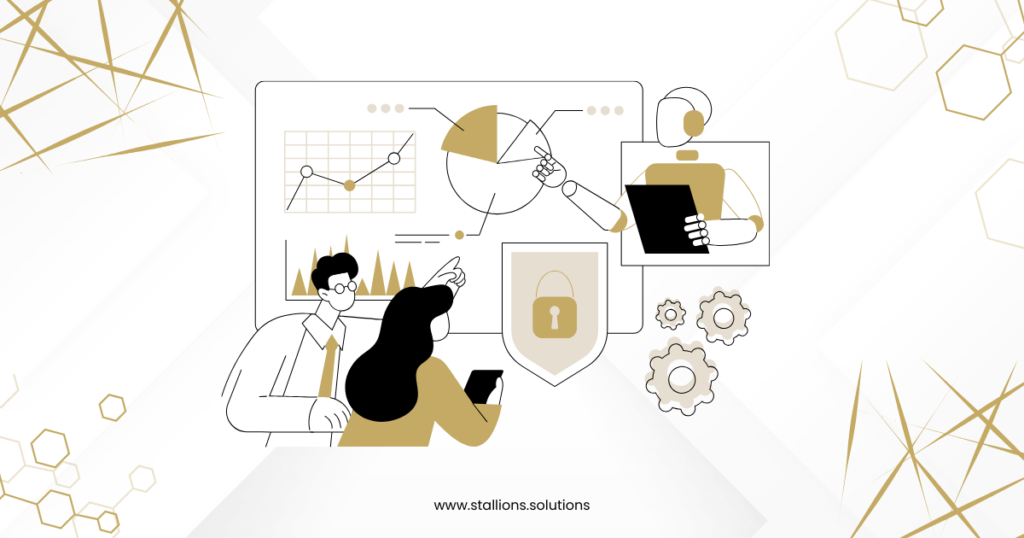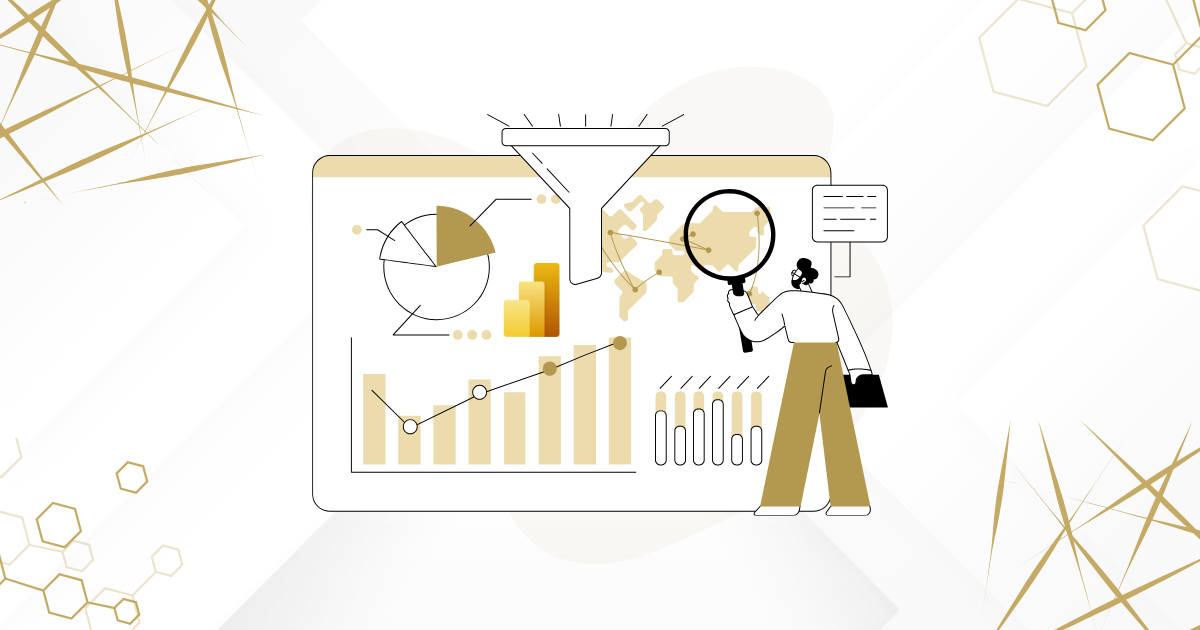In 2025, utility companies that provide electricity, water, gas, and other essential services are under more pressure than ever to operate efficiently, reduce waste, and deliver better customer service. One of the most powerful tools helping them do this is Power BI, Microsoft’s business intelligence platform.
With Microsoft Power BI, utility companies can finally modernize their operations and make confident, data-driven decisions.
What is the Role of Power BI in Utilities?

Power BI is helping utility companies overcome some of their biggest data challenges by offering smart, flexible solutions:
- Seamless Integration: Power BI connects easily with existing systems like SCADA, smart meters, and customer databases. This creates a single, unified view of all critical data.
- Real-Time Insights: With the ability to process live data streams, Power BI lets utilities monitor grid performance, spot issues instantly, and take quick action when needed.
- Easy-to-Use Dashboards: Power BI’s interactive dashboards are simple to customize and use. They help everyone—from field teams to executives—understand data clearly and make better decisions, faster.
What’s New in Power BI for Utilities in 2025
The 2025 updates to Power BI bring powerful new features that are especially valuable for utility companies. Here’s how these enhancements are making a difference:
1. Smarter Integration and Collaboration

Power BI now works even more smoothly with tools like Microsoft Teams and Excel. This tighter integration helps utility teams collaborate more effectively, share insights faster, and streamline their daily workflows.
2. AI-Powered Insights with Copilot
The introduction of Copilot, Power BI’s built-in AI assistant, allows users to ask questions in plain language, generate reports automatically, and uncover insights without needing deep technical skills. It’s a major step forward in making data analysis more accessible across the organization.
3. Improved Real-Time Monitoring
With enhanced real-time data streaming, utility companies can now track operations continuously. This means faster detection of issues, quicker responses to disruptions, and better overall system reliability.
4. Advanced Visuals and Data Storytelling
New chart types and guided storytelling features make it easier to present complex utility data in a clear, engaging way. Teams can now build more compelling reports that highlight key trends and support better decision-making.
5. Stronger Security and Compliance

Power BI’s updated security framework includes advanced encryption and role-based access controls. These improvements help utilities protect sensitive data and stay compliant with industry regulations and standards.
Case Studies: Power BI in Action Across the Utilities Sector
Utility companies around the world are leveraging Power BI to drive efficiency, reduce costs, and improve service delivery. Here are a few real-world examples:
- Energy Company A: By using Power BI to analyze energy consumption trends, the company achieved a 15% reduction in operational costs through better resource planning and energy efficiency.
- Water Utility B: Real-time dashboards built with Power BI enabled the utility to detect leaks instantly. This led to faster response times and a 20% reduction in water loss.
- Electric Utility C: Implementing Power BI for predictive maintenance helped the company anticipate equipment failures, cutting downtime by 25% and improving system reliability.
Best Practices for Power BI Implementation in Utilities
To fully realize the benefits of Power BI, utility companies should follow these key best practices:
Align with Business Strategy
Integrate Power BI in a way that supports your organization’s goals and complements existing systems and workflows.
Invest in Training
Equip your teams with the right training so they can confidently use Power BI’s features and unlock its full potential.
Establish Strong Data Governance
Implement clear policies for data quality, access control, and compliance to ensure secure and reliable reporting.
Commit to Continuous Improvement
Regularly update dashboards and reports to reflect changing business needs, new data sources, and evolving user requirements.
Looking Ahead: The Future of Business Intelligence in Utilities
As the utilities sector continues to evolve, several key trends are set to shape the next generation of business intelligence:
Focus on Sustainability: Utilities will increasingly rely on BI tools to track environmental performance, measure carbon footprints, and report on sustainability goals with greater transparency.
Smarter AI and Machine Learning: Advanced AI models will enable deeper data analysis, helping utilities make more accurate forecasts, detect patterns faster, and automate complex decision-making.
Managing Smart Grids: As smart grid technologies expand, BI will play a central role in monitoring grid health, optimizing energy distribution, and improving overall reliability and efficiency.
Conclusion: Embracing the Power BI Transformation
Power BI is reshaping how utility companies operate. It streamlines processes, enhances customer satisfaction, and supports smarter planning. By adopting these modern tools and best practices, utilities can lead the digital transformation and stay prepared for the challenges and opportunities of the future.



